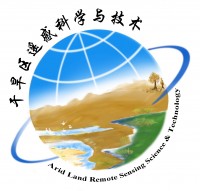Digital Mapping of Soil Organic Carbon Using Sentinel Series Data: A Case Study of the Ebinur Lake Watershed in Xinjiang
2021
期刊
Remote Sensing
下载全文
- 卷 13
- 期 4
- 页码 769
- MDPI AG
- ISSN: 2072-4292
- DOI: 10.3390/rs13040769
